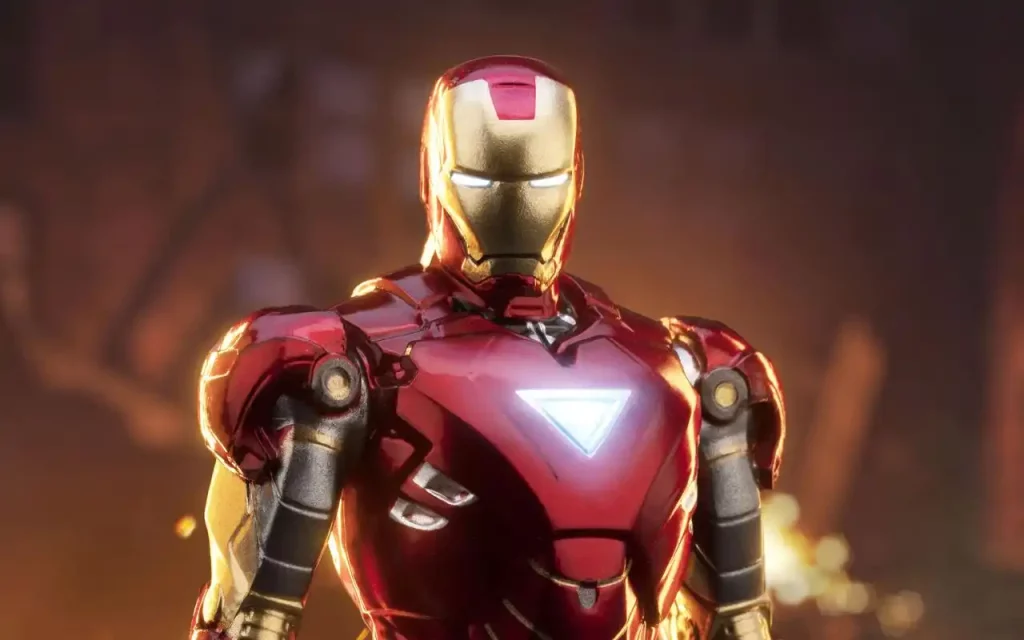The term “male gaze” refers to how many films, advertisements, and video games portray female characters from a male perspective, reducing them to objects for male pleasure and ignoring their individuality. In many movies, female characters are often reduced to “perfect partners” or “damsels in distress,” with few independent storylines or goals. For example, in Transformers, Mikaela (played by Megan Fox) is portrayed as competent. Still, most of her screen time focuses on her looks and relationship with the male lead, lacking personal independence. Similarly, in The Fast and the Furious, Letty (played by Michelle Rodriguez) is intense and challenging, but her character development is secondary to her relationship with Dominic, reinforcing gendered stereotypes.
The effects of the male gaze aren’t just harmful to female characters; male characters are also subject to pressures. Male leads are often expected to be strong and stoic, with little room to express vulnerability or emotion. When male characters show weakness or cry, they are frequently seen as “not manly enough,” which limits emotional expression and perpetuates unrealistic expectations.
For example, the influence of “male coagulation” in the game is undeniable. The design of female characters in many games always looks unrealistic, and it is clearly a combat uniform, but it is deliberately exposed in order to cater to the aesthetic of male players. This not only makes many female players feel uncomfortable, but also makes the whole game distorted. For example, the female character Mara in Call of Duty has certain sexualized costume elements, such as tight tactical pants and shorter sleeves. These designs caused controversy among some players, not only because they did not meet the actual combat needs, but also because they ignored their professionalism and independence in combat.

To change this situation, creators should not only break with traditional gender concepts and design more realistic character images, but also make these characters more three-dimensional and in-depth. For example, the heroine Diana in Wonder Woman, she is not only a strong warrior, but also rich in emotion and inner world. In the film, Diana not only shows extraordinary ability in battle, but also shows deep understanding and compassion in the face of the complex world and human emotions. This makes her not only a “hero”, but also a character with independent thoughts, emotions and growth. The image of Diana breaks the stereotype that women can only depend on men in traditional films, and allows the audience to see a multi-dimensional and in-depth female character.

Audiences should also support works that break down gender bias and promote progress towards gender equality by selecting and promoting more works with independent thinking and diverse characters.





